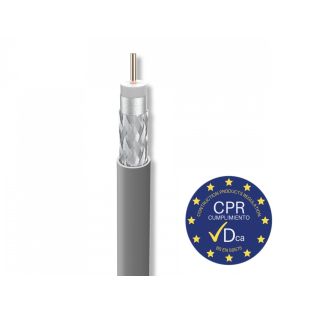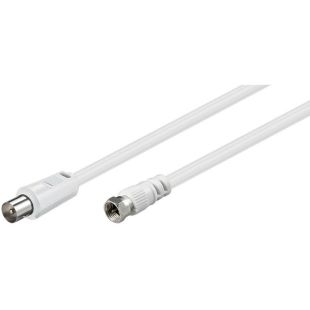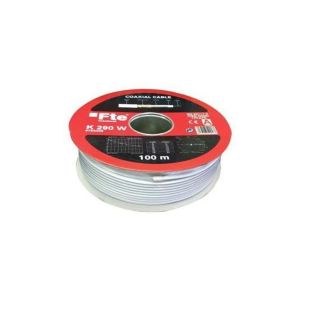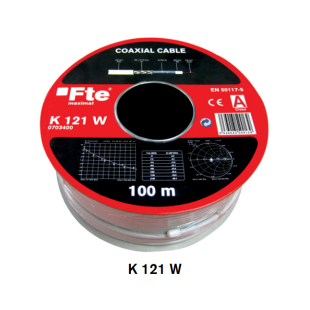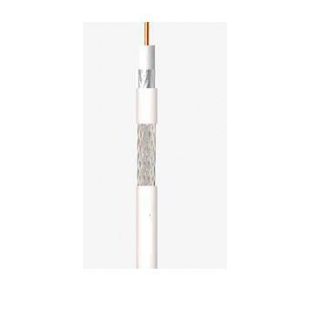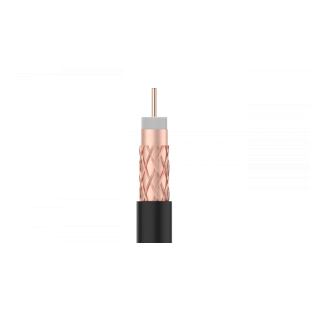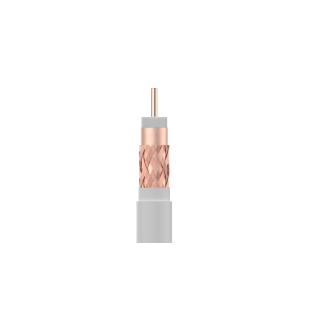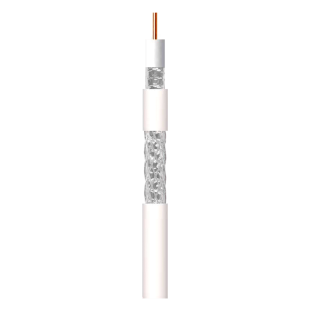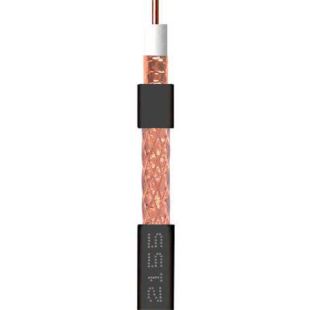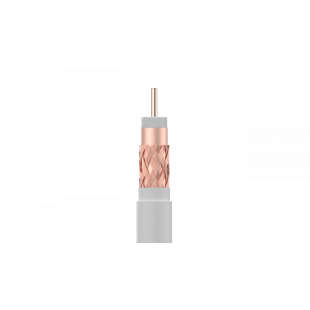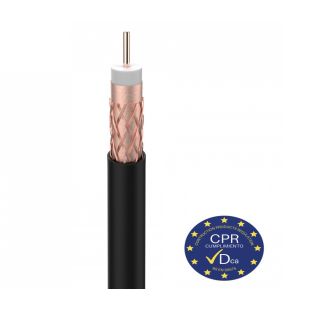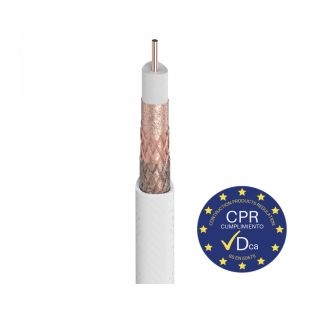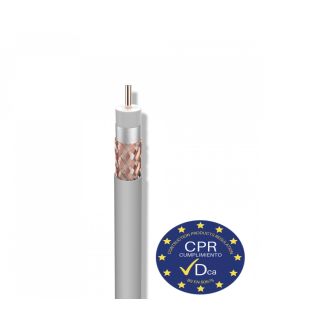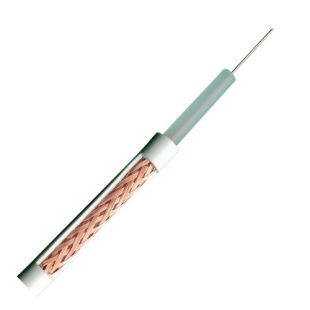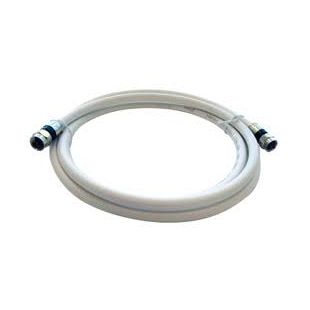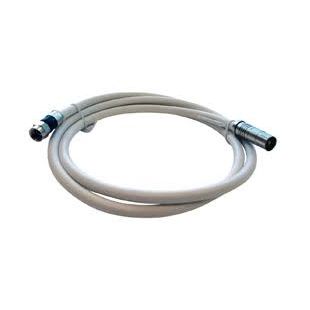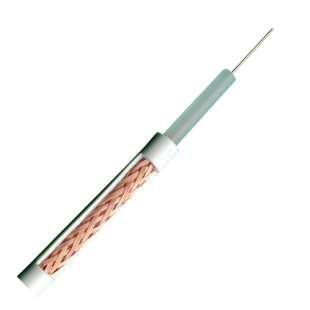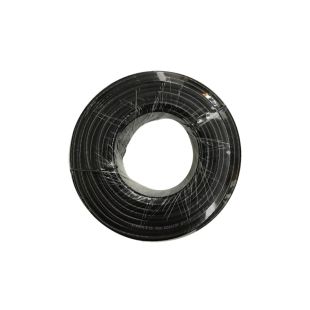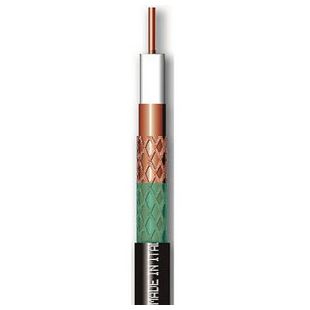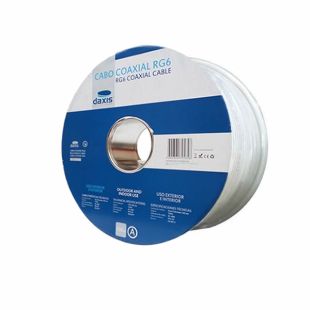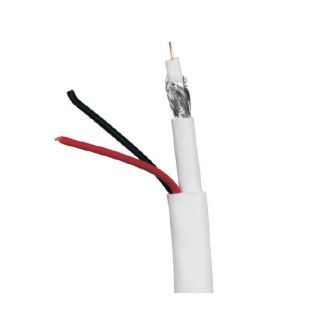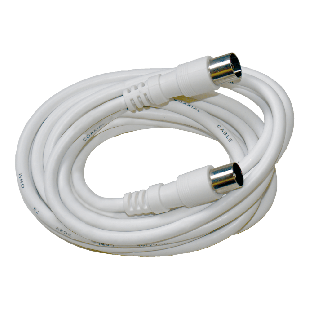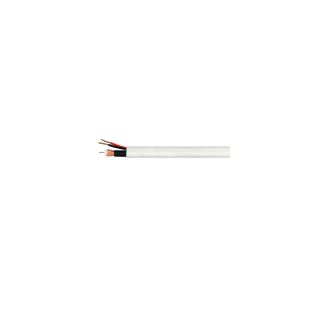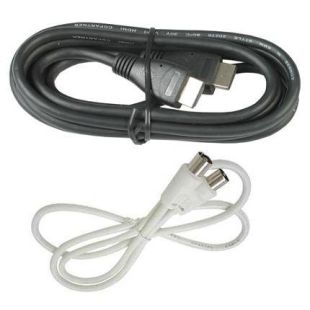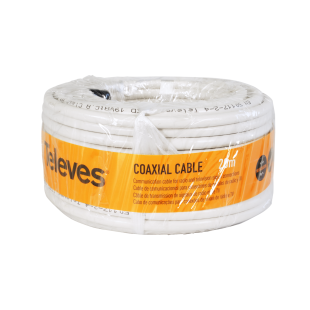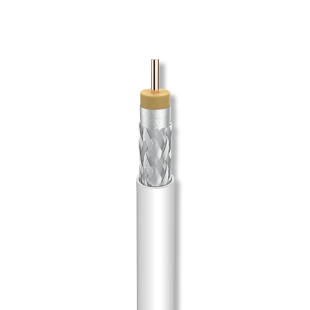Great store. Will be my favorite in the future. Sent quickly. All items are brand new sealed. And the prices are very nice. Separately, I want to thank Álex Guerra, who controlled my order from start to finish. In general, you are great!!
Thank you for the service. Absolutely top
Great comms. Very helpful and reliable all along
Order placed packaged well, dispatch and delivered promptly Would use again. Thank you
42/5000 the best team, both human and technical
-
 📺¿A qué se debe la mala señal TDT?
📺¿A qué se debe la mala señal TDT?Las causas a las que se debe una mala señal pueden ser variadas, pero en verano hay un repunte de casos.
-
 Material Telecomunicaciones Málaga
Material Telecomunicaciones MálagaEl mejor material de telecomunicaciones para profesionales en Málaga. Calidad, variedad y asesoramiento en tu zona con TDTProfesional
-
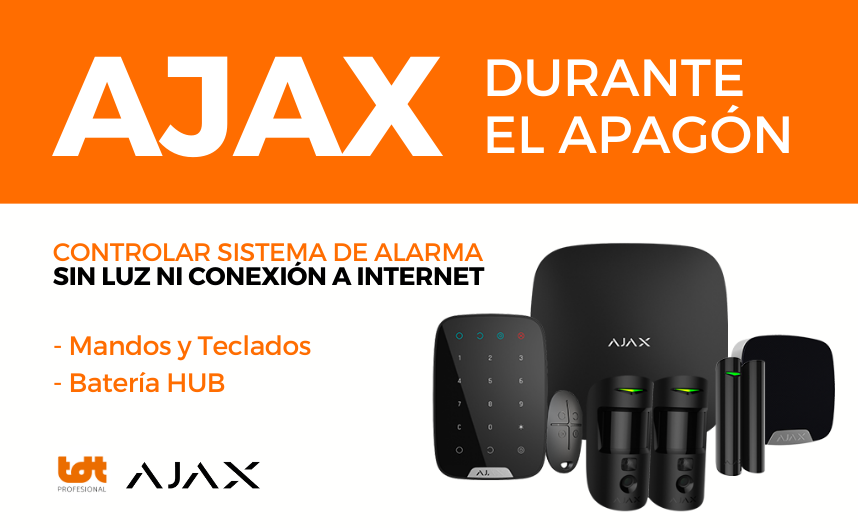 ¿Cómo activar la alarma sin luz ni internet? – AJAX
¿Cómo activar la alarma sin luz ni internet? – AJAXAprende a activar la alarma sin luz ni internet. Protege tu hogar o negocio durante un apagón con AJAX. ¡Seguridad garantizada!
-
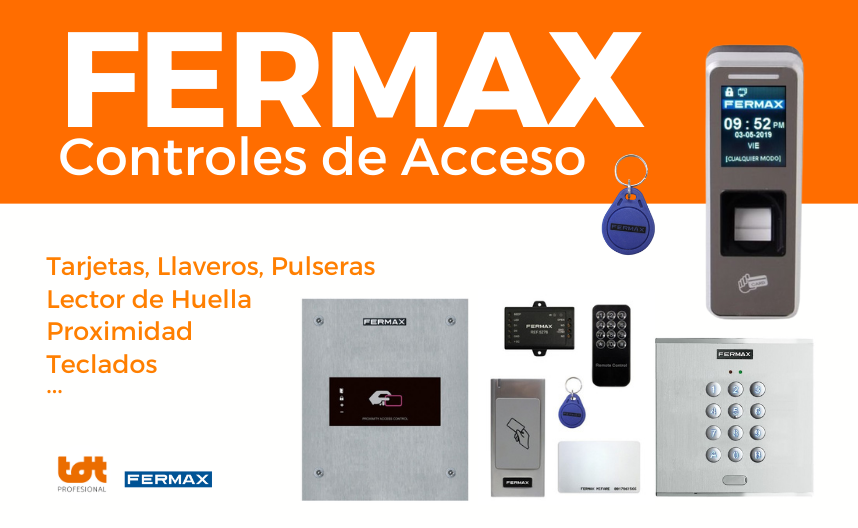 Controles de Acceso de Fermax
Controles de Acceso de FermaxDescubre los controles de acceso de Fermax, mediante los cuáles podrás abrir la puerta de tu vivienda o negocio de una forma fácil y segura.
-
 Semana de Internet – 5% Descuento
Semana de Internet – 5% DescuentoSemana de Internet: ¡Gran descuento en todo nuestro material de telecomunicaciones! Equípate al mejor precio. Descubre nuestras ofertas por tiempo limitado.
-
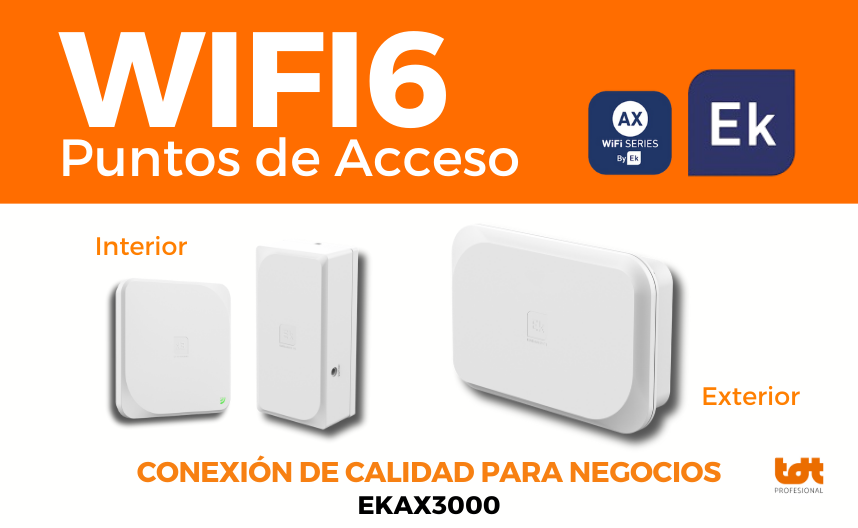 Puntos de Acceso – La mejor elección
Puntos de Acceso – La mejor elecciónCaracterísticas clave de los puntos de acceso para una experiencia de red excepcional. ¿Cómo elegir el mejor modelo según tus necesidades? ¡Optimiza tus red Wifi!
-
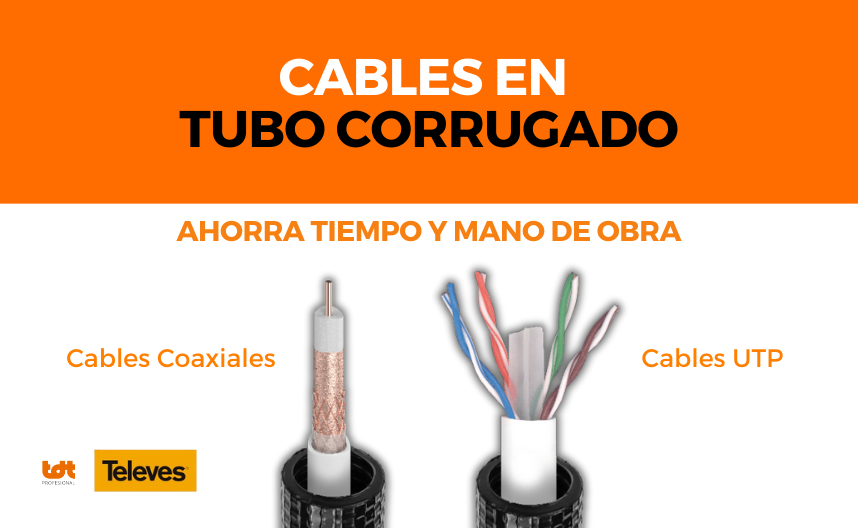 Por qué usar tubos corrugados en tus instalaciones
Por qué usar tubos corrugados en tus instalaciones¿Por qué usar tubos corrugados? Si los cables ya vienen preinstalados dentro de un tubo corrugado conseguimos un ahorro de tiempo y de mano de obra. Te contamos todos sus beneficios.
-
 Qué Tipo de Armario Rack Necesito
Qué Tipo de Armario Rack NecesitoPara escoger un armario rack adecuado a nuestras necesidades tenemos que conocer los tipos de racks que existen y cuales son las condiciones que necesitamos que cumplan. […]
Coaxial Cable 75ohm (Ω)
The coaxial cable is responsible for transporting the DTT, satellite TV and Radio Frequency signals from the antennas to the receivers.
This route usually includes other intermediate elements such as amplifiers, distribution boxes and TV sockets.
Types of Coaxial Cable and how to choose
* RG6 coaxial: the most common cable, with a diameter of about 6-7mm. It is used for community or individual TV distribution, both DTT and TVSAT. They are available for both indoor and outdoor runs.
* RG59 coaxial: a smaller diameter cable, about 5mm, and more flexible than RG6. It is mainly used for digital CCTV camera installations with BNC connectors. It is also used for TV distribution in heavily congested areas and is also used in patch cords to connect from the socket to the TV. For short distances, pre-connectorised patch cords can be used.
* RG11 coaxial: a >10mm diameter cable, designed for TV or Data transmission over very long distances. Its thicker conductor offers less loss; on the other hand, they are difficult to handle.


Characteristics of coaxial cables
* LSFH - Halogen free:
Low smoke and flame resistance. LSFH is ideal for ICT installations in blocks and housing estates, as if there is a fire the cable does not burn.
* CPR - Euroclass:
Indicates the level of risk of fire propagation. The lowest and most fire-prone level is class F. The highest and most resistant level is class A. In ICT installations, European regulations require Class D as a minimum
* Exterior - Polyethylene coaxial:
Also called PE coaxial, they are prepared to withstand inclement weather. Generally black in colour.
*Special thickness cables:
10mm thick cables or thin, 5mm cables. The former for large cable runs, and the latter generally for satellite installations or for passing the cable through narrow tubes.
How to avoid interference?
Nowadays, with the arrival of LTE2 and the interference caused by the 4G/5G mobile phone system, coaxial cable has regained its importance, since now more than ever a quality coaxial cable is needed to provide good shielding, which is necessary to deal with installations that suffer from interference.
These cables are usually called class A, class A+ or triple shielded or triple mesh coaxial cables. You can check the price of coaxial cables in our online shop.
Paying too much attention to shielding is of no use if two fundamental things are not taken into account in the installation. On the one hand, connect the elements to ground, which makes the shielding do its job. And on the other hand, use shielded connectors, quality connectors that prevent interference from being introduced through the connector itself.

